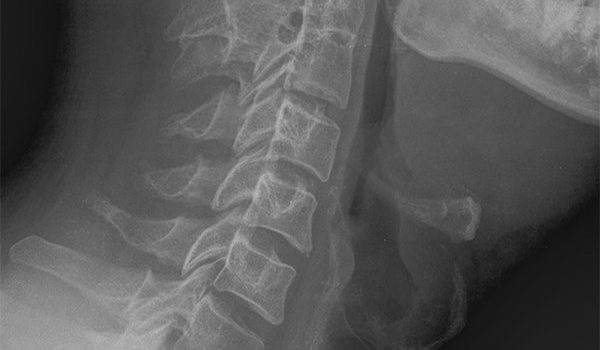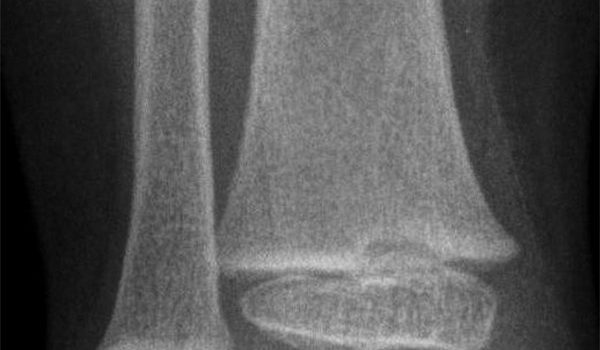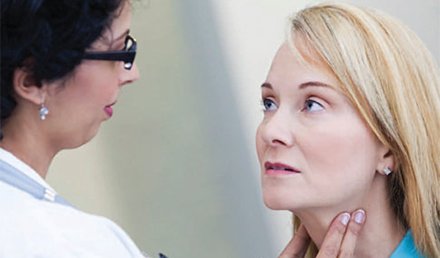


Management of Acute Hyperglycemia in Urgent Care (Part 1)
Urgent message: Acute hyperglycemia is a common and potentially challenging problem in urgent care that deserves to be managed appropriately based on the best available evidence and suitable consideration of the associated complexities. ANTHONY J. PICK, MD, CDE, DAVID L. PICK, MD, FAAFP, and LOWELL R. SCHMELTZ, MD Hyperglycemia is common in acute care settings such as emergency rooms (ERs) or urgent care centers. Stress-induced hyperglycemia can result from an acute process, such as infection, …
Read MoreWhat a pain!
Pain management in urgent care is a minefield of monstrous proportions. The controlled substance prescribing landscape is body trapped indeed, and the well-meaning, unsuspecting physician stands right in the middle. The regulatory, criminal and litigious nature of this highly charged issue is not to be trifled with. Like it or not, physicians are essentially the licensees of some of the most dangerous and destructive weapons of modern medicine, and we have a clinical, legal and …
Read More
40-year-old female presents with dysphagia
The patient, a 40-year-old female, presented with dysphagia. View the image taken and consider what your diagnosis would be.
Read MoreRecognizing and Managing Calcaneal Fractures in Urgent Care
Urgent message: Prognosis for patients with calcaneal fractures can be significantly improved if the injury is recognized promptly and treated properly. Author: Samina Yunus, MD, MPH, and Donna Goetsch, MSN, CNP Author Information: Samina Yunus, MD, MPH, is Assistant Professor of Family Medicine at Cleveland Clinic Lerner College of Medicine and Donna Goetsch, MSN, CNP, is a Family Nurse Practitioner at Cleveland Clinic Chagrin Falls Family Health Center and Urgent Care in Chagrin Falls, Ohio. …
Read MoreClinical Challenge 2: June, 2012
The patient, a 42-eyar-old female, presented with a complaint of red bumps on her lower extremities that were warm and painful to touch. She reported that the lesions appeared 2 days ago, and she was running a fever and feeling tired and generally ill (headache, joint stiffness, and body aches). The patient denied taking any medication except for ibuprofen for symptom relief. On exam, multiple poorly defined erythematous nodules and plaques were observed in a …
Read MoreThe Simplest Explanation is Often the Best
Urgent message: Emergency Physicians are trained to rule out the most dangerous, life-threatening diagnosis first. Rarely, this can lead to missing the forest for the trees. Author: Tracey Quail Davidoff, MD Author Information: Dr. Davidoff is an urgent care physician at Accelcare Medical Urgent Care and Urgent Care by Lifetime Health in Rochester, New York. Case Presentation A 23-year-old male graduate student calls the urgent care center asking if he can be seen for dizziness …
Read More
3-year-old boy suffering a blow to his leg
The patient, a 3-year-old, had a blow to his lower leg. View the image taken and consider what your diagnosis would be.
Read More
Lymphadenopathy in urgent care: evaluation and management
Urgent message: Lymphadenopathy is a common presenting issue in urgent care. Most cases are benign, but be on the alert for “red flags” that could signal malignancy. MARIA V. GIBSON, MD, PHD, and DANIEL A. CHERRY, MD Consider how you would manage the following patient presenting with lymphadenopathy. A 39-year-old male truck driver presented to the urgent care clinic with a 2- to 3-week history of “swollen glands” in both sides of his groin. They …
Read MoreM.O.C.: What a Mess!
“Marauding Our Cash,” Mockery of Certification, “Malady of Commonsense.” I’ve had a lot of fun coming up with new definitions for the wildly unpopular Maintenance of Certification, or M.O.C. Back in 2003, the American Board of Medical Specialties (ABMS) and their member boards, decided unilaterally that 8 years of education, 3 to 7 years of residency training, MCATs, USMLE Parts I, II and III, specialty board certification exams, annual continuing medical education (CME) requirements, “specialty …
Read More